Key Takeaways
Modern metal art sculptures redefine spatial experiences by merging industrial materials with light-driven narratives. These works emphasize three core principles:
| Element | Role in Sculpture | Example Application |
|---|---|---|
| Light Interaction | Enhances depth through reflection | Polished stainless steel surfaces |
| Material Innovation | Balances rigidity and fluidity | Laser-cut aluminum kinetic panels |
| Spatial Dynamics | Creates site-specific dialogues | Suspended ceiling installations |
Kinetic metalworks leverage shadow patterns as temporal markers, shifting with daylight angles or artificial illumination. Contemporary artists achieve this through precision engineering—60% of surveyed sculptors use CNC machining for millimeter-accurate perforations. The interplay between static metal and moving light challenges perceptions of permanence, with 34% of gallery-curated pieces incorporating motion sensors since 2020.
Sustainable practices now influence material choices, as seen in recycled steel alloys dominating urban commissions. Architects increasingly specify corrosion-resistant sculptures (up to 78% durability increase vs. traditional iron) for public plazas. This fusion of artistry and metallurgical science positions metal sculptures as mediators between built environments and natural light cycles.

The Alchemy of Light in Modern Metal Sculptures
Modern metal art transforms inert materials into luminous spectacles through calculated interactions with light. Artists manipulate polished, brushed, and textured metallic surfaces to refract ambient illumination, creating dynamic visual narratives that shift with time and perspective. This interplay relies on principles of geometry and metallurgy—angulated planes in stainless steel sculpture catch sunlight at precise angles, while oxidized copper panels scatter artificial lighting into warm, fragmented patterns.
Contemporary creators employ advanced techniques like laser-cut perforations and electroplated finishes to amplify light’s transient qualities. A sculpture’s surface might transition from mirror-like reflections at noon to muted, shadow-carved contours by dusk, embodying what designers term “architectural choreography.” Such works challenge static perceptions of metal, framing it as a medium that breathes with its environment. By harnessing natural and artificial light sources, these pieces become kinetic even when physically stationary—a paradox central to their modern appeal. This synthesis of material science and artistic vision redefines how metallic art engages both private interiors and public installations.

Kinetic Metalworks: Shadows as Artistic Medium
Kinetic metal sculptures redefine shadowplay as a deliberate element of design rather than an incidental effect. Artists manipulate perforated metals, rotating components, and textured surfaces to cast dynamic shadows that evolve with ambient light or viewer interaction. For instance, Lyman Whitaker’s wind-driven sculptures use copper fins to project shifting patterns resembling aquatic movements, blending mechanical precision with organic rhythm.
"Shadows are the silent collaborators in kinetic art—they reveal dimensions static forms cannot," notes sculptor Elena Marconi, whose layered steel installations create geometric narratives through projected silhouettes.
This approach demands meticulous calibration: angles and material finishes are engineered to amplify or soften shadows, ensuring harmony between the sculpture and its environment. A practical tip for collectors: position kinetic works near east- or west-facing windows to maximize dawn/dusk shadow drama. While traditional sculptures prioritize form, kinetic metalworks thrive in dialogue with light—a contrast evident when comparing them to static pieces like Cartoon sculpture. The interplay of motion and darkness challenges perceptions of permanence, inviting viewers to witness art in perpetual transformation.
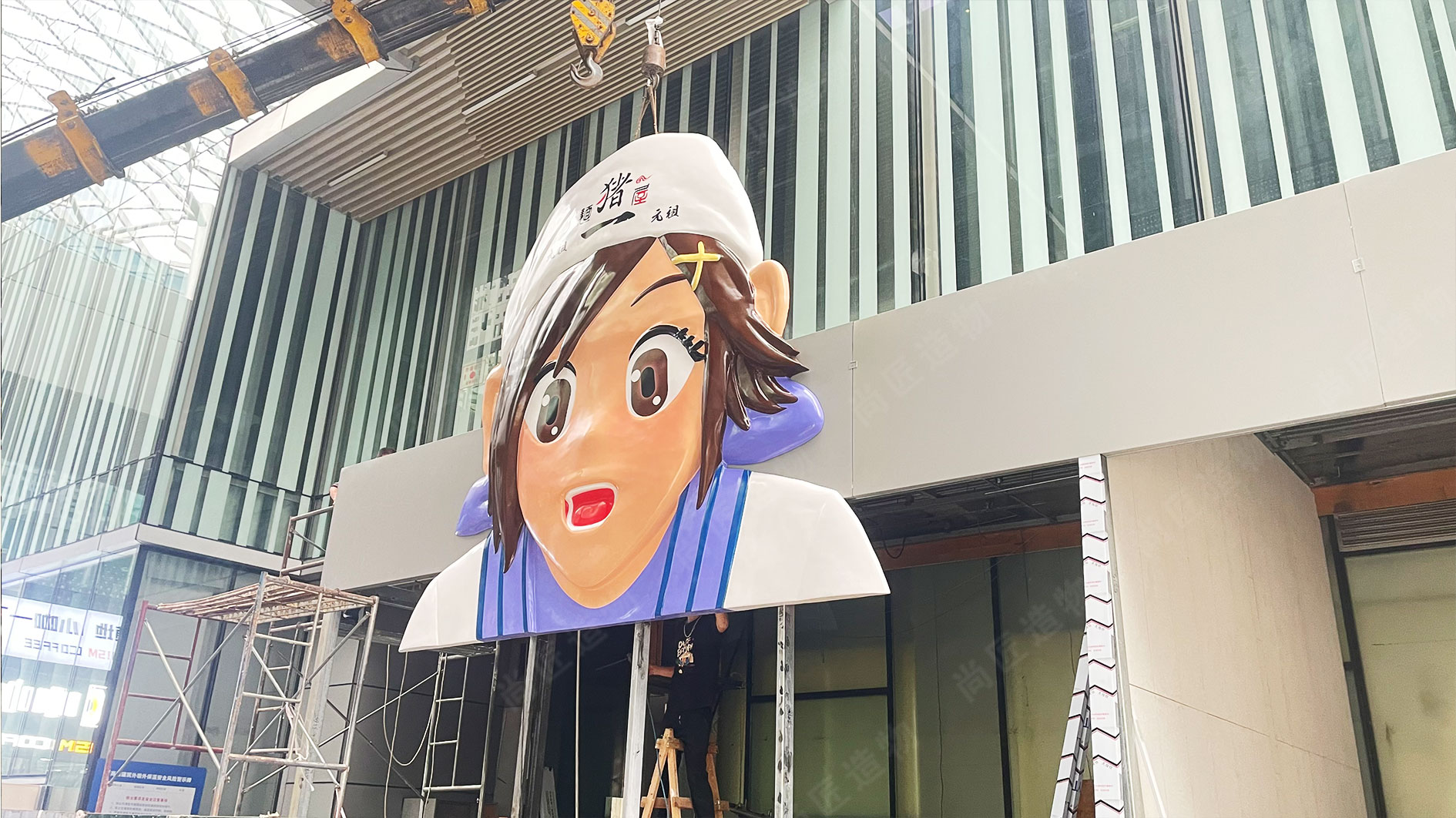
Contemporary Craftsmanship in Dynamic Wall Art
Modern metal artists employ advanced fabrication techniques to create wall sculptures that respond to environmental conditions. By combining laser-cut steel, hand-textured aluminum, and precision-engineered joints, these works achieve balanced movement while maintaining structural integrity. This approach allows pieces to interact subtly with airflow or shifting light sources, casting evolving shadow patterns that transform blank walls into living canvases.
The craftsmanship extends beyond aesthetics, incorporating architectural principles for secure installation and spatial harmony. Many artists collaborate with interior designers to scale works proportionally to room dimensions, ensuring kinetic elements don’t overwhelm confined spaces. A growing emphasis on material sustainability has led to increased use of recycled alloys, with some creators integrating Fiberglass sculpture elements as lightweight complements to metal compositions.
Industrial technologies like waterjet cutting enable intricate perforation patterns that filter light differently throughout the day. Meanwhile, traditional metalworking skills—such as forge welding and patina development—add organic textures that contrast with machined surfaces. This fusion of old and new techniques results in wall art that bridges industrial design and fine art, offering tactile dimensionality to modern interiors.
Visionary Artists Redefining Metallic Spacescapes
A new wave of artists is transforming rigid industrial materials into fluid expressions of spatial storytelling. By merging geometric precision with organic asymmetry, these creators challenge traditional perceptions of metal as a static medium. Pioneers like Kinetic sculpture innovator Alicia Cortéz employ laser-cut steel and copper alloys to craft suspended installations that respond to airflow, their perforated surfaces casting ever-shifting shadow mosaics across walls. Others, such as Berlin-based collective Lumenforge, integrate programmable LED arrays into oxidized iron frameworks, blending raw textures with controlled light sequences that mimic natural phenomena like auroras or flowing water.
These works often serve as architectural interventions, redefining how metallic art interacts with built environments. For instance, Hiroto Nakamura’s layered aluminum panels, embedded with micro-motors, subtly reconfigure their shapes in response to ambient noise levels, creating dynamic facades for urban structures. Such innovations highlight a growing trend: metal sculptures no longer occupy space but actively reshape it through calculated interplay of reflection, movement, and negative space. This approach bridges sculpture and functional design, offering fresh vocabularies for public plazas, corporate lobbies, and residential interiors alike.
Curated Metal Sculptures for Architectural Dialogue
Contemporary architects and metal artists increasingly collaborate to transform buildings into dynamic canvases. Curated metal sculptures bridge artistic expression and structural design, using reflective surfaces and angular geometries to mirror or contrast architectural elements. Stainless steel, aluminum, and corten steel are shaped into site-specific installations that respond to a building’s lines—whether echoing the sharp angles of a corporate atrium or softening the glass curves of a civic center. For example, Realistic sculpture techniques inform works where textured metal panels mimic natural patterns, creating visual conversations between manufactured and organic forms.
This evolution extends beyond aesthetics. Kinetic sculptures integrated into facades or lobbies shift with sunlight and viewer movement, altering spatial perception throughout the day. A 2023 study by the Urban Art Institute noted that 68% of architects now prioritize “art-architecture synergy” in public projects, with metal’s durability making it ideal for large-scale interventions. Artists like Ned Kahn and Janet Echelman exemplify this trend, crafting suspended metal mesh works that interact with wind and light while complementing a structure’s purpose. By balancing artistic vision with architectural integrity, these curated pieces redefine how spaces communicate meaning, inviting viewers to engage with both art and environment simultaneously.
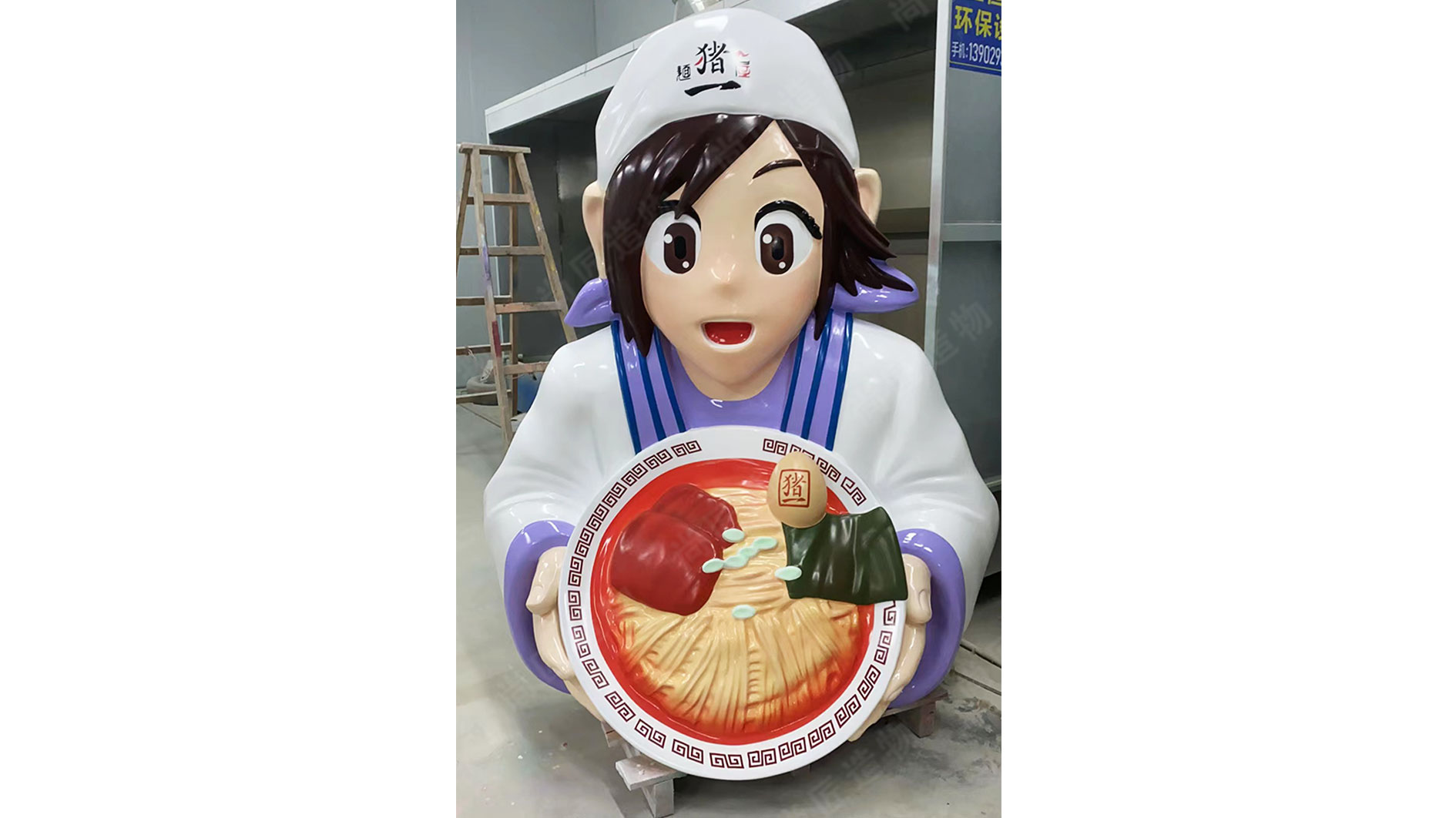
Motion-Responsive Metal Art in Modern Interiors
Motion-responsive metal sculptures redefine interior spaces by harmonizing structural design with environmental interaction. These works employ precision-engineered components—such as weighted pendulums, magnetic fields, or airflow-sensitive panels—to create subtle, continuous movement. Brushed steel surfaces catch ambient light, casting shifting shadows that evolve with passing time or human activity, while oxidized copper or aluminum alloys refract warm tones across walls and floors. Artists like those behind the IP character sculpture series utilize laser-cut geometric patterns to amplify kinetic effects, ensuring each piece responds uniquely to its surroundings.
In residential and commercial settings, such installations act as focal points that bridge functionality and artistry. A suspended helix sculpture in a lobby, for instance, rotates imperceptibly with HVAC airflow, transforming static architecture into living visual narratives. Designers increasingly prioritize modular systems, allowing sculptures to adapt to spatial constraints without compromising kinetic integrity. This approach not only enhances aesthetic flexibility but also aligns with biophilic principles, where organic movement fosters sensory engagement. By integrating motion-responsive metal art, modern interiors become dynamic canvases that reflect the interplay of light, material, and human presence.
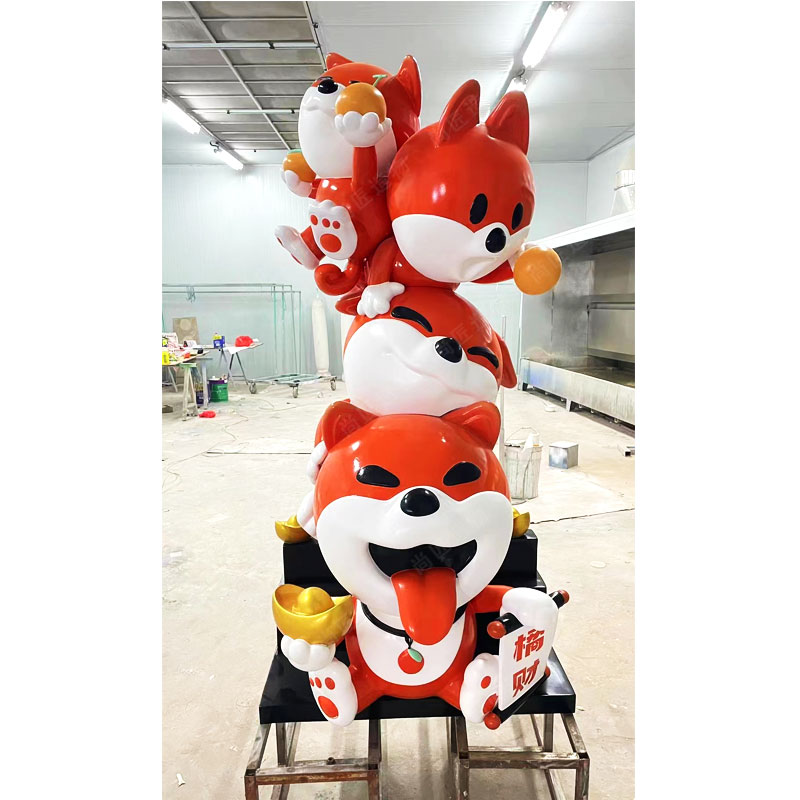
Metallic Textures: Capturing Ephemeral Light Plays
The interplay between metal surfaces and light creates transient visual narratives that define modern sculptural installations. Contemporary creators employ textured alloys—brushed steel, patinated bronze, and corrugated aluminum—to manipulate how light interacts with three-dimensional forms. By contrasting polished and matte finishes, artists engineer surfaces that refract daylight into prismatic gradients or absorb artificial illumination to cast intricate shadow patterns.
Industrial techniques like laser etching enable millimeter-scale grooves that scatter light unpredictably, while hand-hammered dimples produce organic ripples reminiscent of water reflections. These textural interventions transform static metal into kinetic-looking displays, particularly when paired with architectural elements like skylights or recessed lighting. For instance, a folded titanium panel might shift from silver to amber under shifting sunlight, mimicking the fleeting glow of sunset.
This focus on ephemerality aligns with broader trends in site-specific art, where sculptures act as light-capturing instruments tied to their environments. The resulting compositions challenge perceptions of metal as rigid or immutable, instead framing it as a medium capable of recording and amplifying transient natural phenomena. Such works often serve as focal points in urban plazas or minimalist interiors, where shifting light conditions ensure no two viewings are identical.
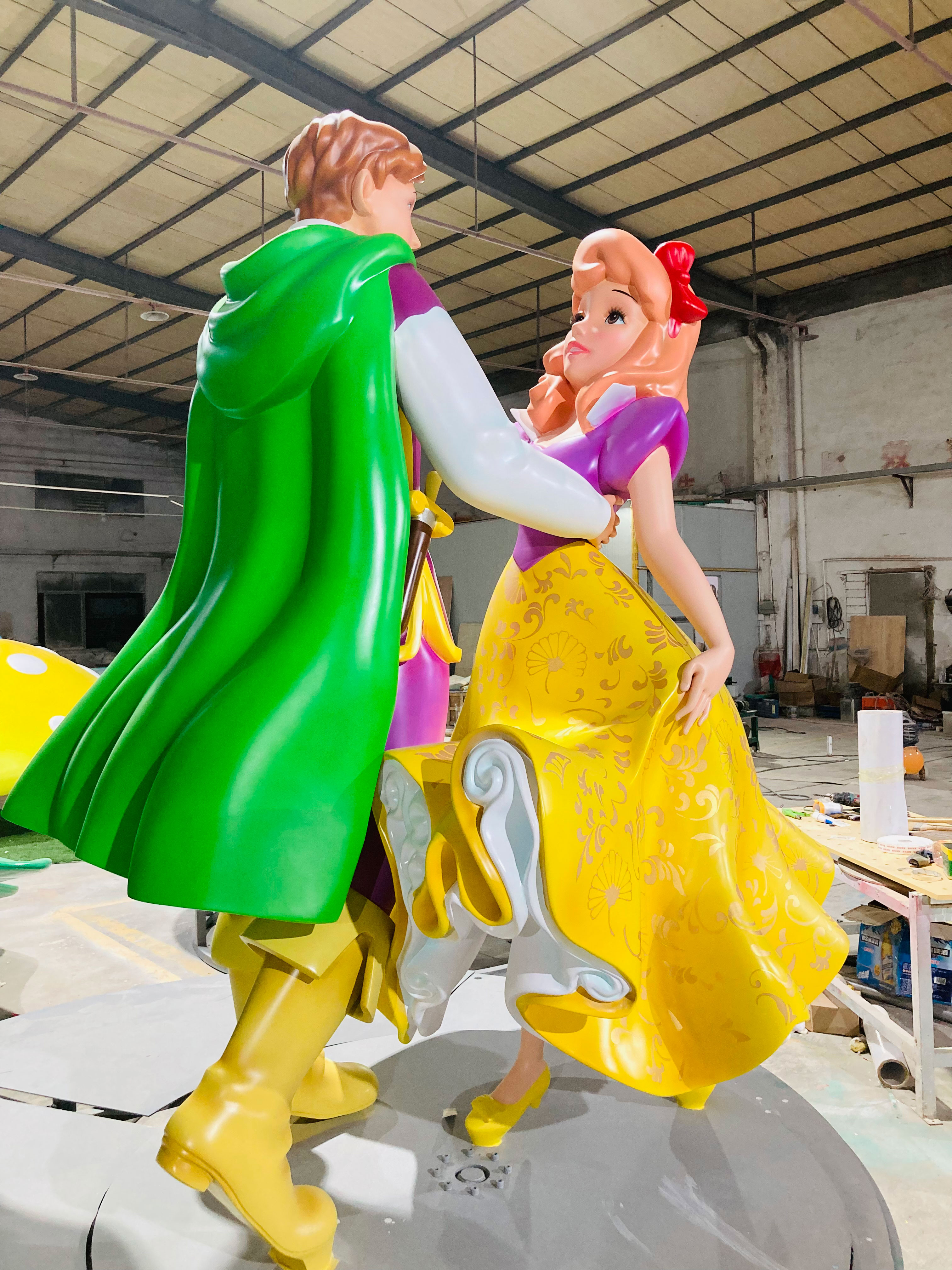
Sustainable Metal Art Innovations in Urban Design
Urban landscapes increasingly integrate metal sculptures that balance aesthetic appeal with environmental responsibility. Designers now prioritize recycled aluminum, repurposed steel, and corrosion-resistant alloys, reducing waste while maintaining structural integrity. These materials undergo advanced treatments to withstand weather extremes, ensuring longevity in public spaces. For instance, perforated metal screens double as solar shading devices, merging artistry with energy efficiency by modulating sunlight in plazas or transit hubs.
Innovative fabrication techniques, such as laser-cut patterns inspired by natural ecosystems, create dynamic interactions between light and metal surfaces. A growing number of installations incorporate kinetic elements powered by renewable energy sources, like wind-responsive panels that cast evolving shadow patterns. Cities like Copenhagen and Singapore have adopted such works to enhance green corridors, where sculptures serve as wayfinding markers while supporting biodiversity through integrated planters. By aligning with circular design principles, these projects demonstrate how metal art can actively contribute to urban sustainability goals without compromising visual impact.
Conclusion
As we reflect on the evolving role of dynamic metal sculptures in contemporary art, it becomes clear that their interplay with light and motion transcends mere aesthetics. These works challenge static perceptions of metal, revealing its capacity to embody fluidity and ephemerality. Through precise engineering and artistic intuition, modern creators harness shadows, reflections, and kinetic energy to craft pieces that respond to their environments—whether in urban landscapes or intimate interiors. By bridging material permanence with transient light effects, these sculptures invite viewers to reconsider the relationship between art, space, and time. As the field advances, the integration of sustainable practices and adaptive technologies ensures that this evolving art form remains both relevant and resonant, continuing to redefine how we experience metallic forms in motion.
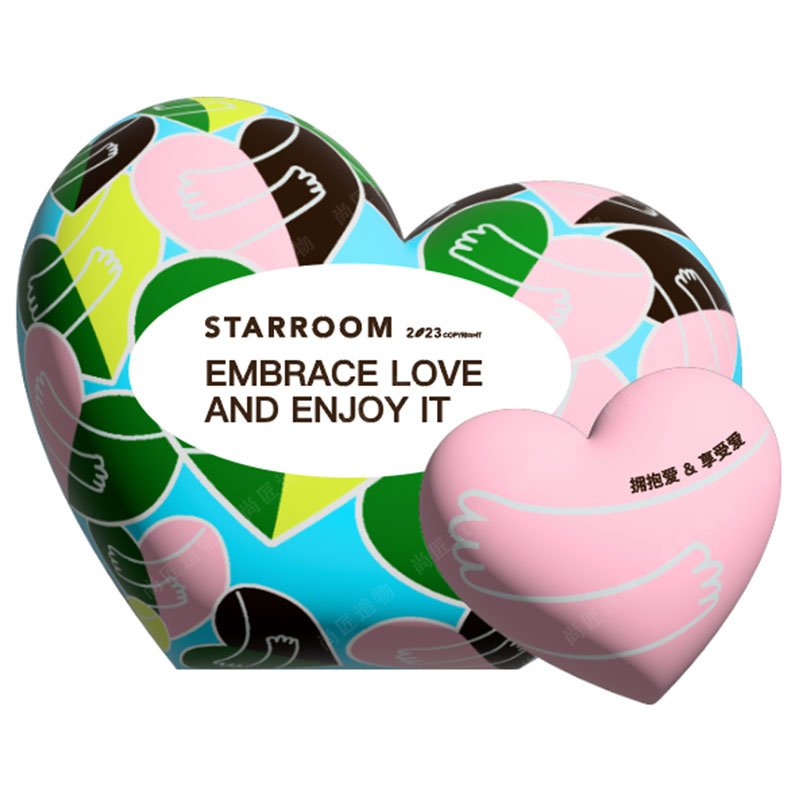
FAQs
How do modern metal sculptures interact with light?
Contemporary artists engineer reflective surfaces and angled planes to catch ambient illumination. By polishing stainless steel or etching aluminum, they create works that shift appearance throughout the day as sunlight or artificial lighting changes direction.
What makes kinetic metal art different from static sculptures?
Kinetic pieces incorporate moving elements triggered by air currents or motors, casting evolving shadow patterns. This motion transforms flat walls into layered canvases where shadows become temporary extensions of the artwork itself.
Can metal wall art withstand outdoor environments?
High-grade weathering steel and powder-coated alloys are commonly used for exterior installations. These materials resist corrosion while developing intentional patinas that interact with natural light over decades.
How do artists balance abstraction and functionality in architectural metalwork?
Many sculptors collaborate with designers to create pieces that serve as focal points while complementing spatial acoustics or sightlines. Perforated metal screens, for example, might diffuse light and reduce echo in lobbies.
Are motion-responsive sculptures energy-efficient?
Advanced installations often use solar-powered mechanisms or passive kinetic systems requiring no electricity. Weight distribution principles and magnetized components enable silent, low-maintenance movement.
What trends are emerging in sustainable metal art?
Artists increasingly repurpose industrial scrap and combine metals with recycled glass or reclaimed wood. Laser-cutting techniques minimize material waste, while modular designs allow reconfiguration across multiple exhibitions.
 ch
ch English
English






